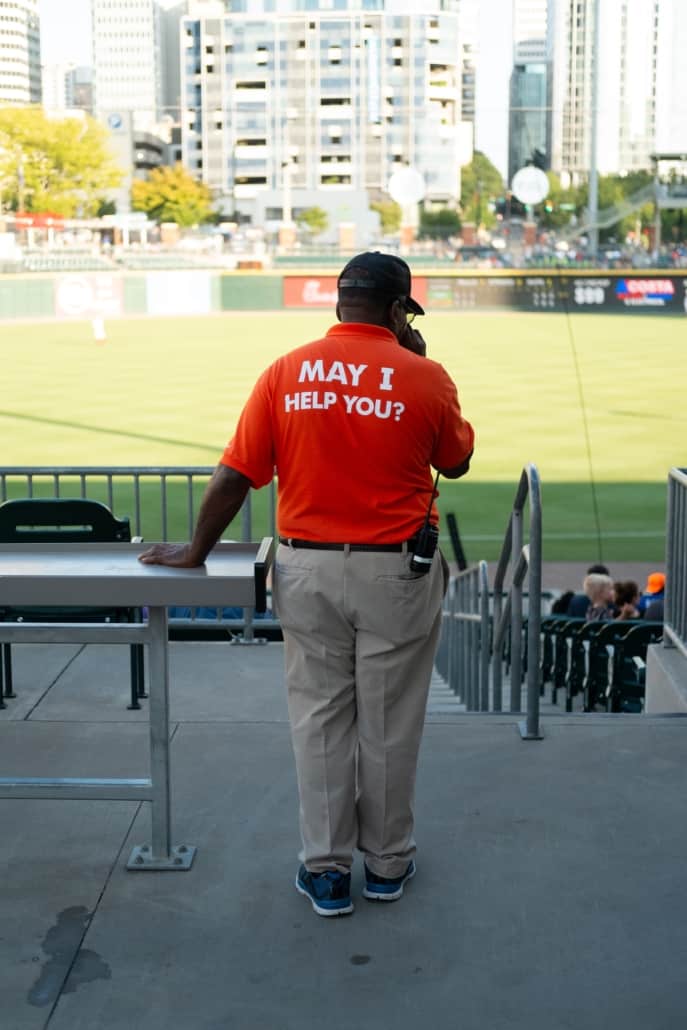|
Getting your Trinity Audio player ready...
|
Testing My Message for Resonance
I recently returned from a quick swing through the Toronto area, along with some new business partners.
We met with a number of folks I’ve already known for a while, along with some new faces.
Having recently aligned my services for family enterprise clients with a group of like-minded professionals, we did a little “road show” to explain our methodology and offering to potential collaborators.
These visits allowed me to repeat a favourite message of mine on a number of occasions, to a varied audience, which helped me to gauge its resonance.
I’m happy to say that most people truly got it, and so I’ll address it here once again, along with a new twist.
Unfortunately, this new idea won’t be a panacea, but I hope it will stimulate some thought among readers, which is always a goal of mine here.
Getting Clients to Realize They Need Us
I’ve long understood that the type of resources and services that enterprising families could benefit from are not necessarily very obvious, even to those families who face the challenges that they do.
Working with family members or co-owning assets together presents some significant yet predictable challenges, but the families themselves typically think of themselves as unique.
Of course each family is unique, but that doesn’t mean that there aren’t any other families who have successfully faced and overcome similar challenges to theirs.
The way I’ve explained this is to say that while there is a huge need for what we do, that doesn’t nicely or neatly translate into a similar demand for these services.
That message, the one about the fact that there’s a large need, but not necessarily a huge demand, was the one I repeated at each meeting.
Most heads nodded in agreement, as I had expected.
Big Pharma Seems to Have It Covered
Anyone who watches TV, especially programming from the US, will be quite familiar with the multitude of pharmaceutical commercials with which viewers are constantly bombarded.
The drug companies spend millions coming up with products that solve for a condition from which many people suffer.
But in order to get those people to buy their product, the end customers need to learn about the existence of this magic solution, so that they can then go see their doctor and ask for it.
Of course it wasn’t always this way, but it seems to be quite prevalent now, so I think we can conclude that it must be working.
Rather than focusing on pushing their product through the medical community (which they surely also continue to do) they create awareness through their commercials to instead pull the demand through via the end users.
“Ask Your Advisors About Family Governance”
So whereas we’re all familiar with phrases like “Ask your doctor about Blekthrypligo”, somehow a similar “Ask your advisors about family governance” doesn’t sound like it holds as much promise.
This field is continuing to evolve, though, and has a lot of room to grow still.
There are many players from a variety of professions who serve and interact with families every day.
These people can see and detect issues that each family faces, even though they may not be in a position to work with the family to resolve these needs.
Our hope is that once other professionals are aware of our offering and ability to become additional, complementary resources to their family clients, the necessary introductions will be made.
Turning Supply into Demand, One Family at a Time
This requires these other professionals to have an abundance mentality, and not fear bringing in outside specialists with complementary skill sets.
I wouldn’t say that this attitude is prevalent or even widespread yet, but it does feel like we are moving in that direction.
In some fields, notably financial wealth management, it seems to be moving a bit faster.
Collaboration in this space continues to be a challenge, but progress is happening.
With time, and with more and more people concentrating on serving the families and not just their enterprises, we can make a bigger impact.
Not every family needs these kinds of resources all the time, but as a generational transition approaches, complexities increase and “structural” solutions are often insufficient for handling “relationship” issues.
Families don’t typically handle these challenges well on their own.
But reaching out for guidance and assistance doesn’t have to be a challenge.






